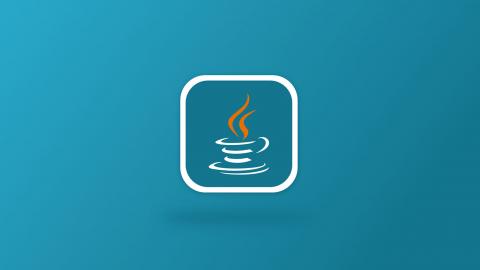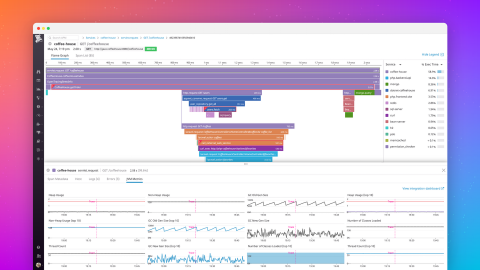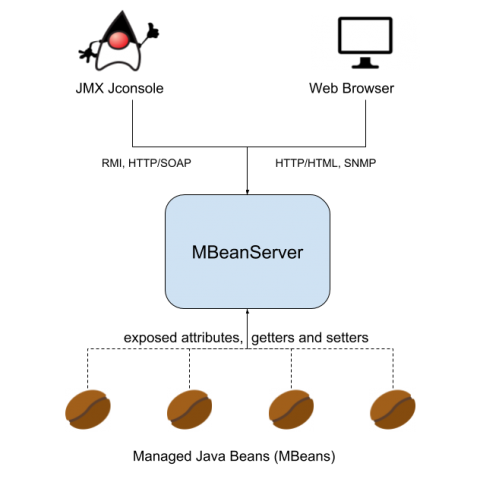Most Popular Java Web Frameworks in 2019
As Java has evolved over the years, multiple attempts have been made to simplify development for various use cases. From official standards like Java Enterprise Edition, to community-driven frameworks, Java is continuing to prove itself to be adaptable and viable. Our top list is based on usage from Hotframework.com's Java ranking and several other sources including blog posts and GitHub download numbers.









